Gulag: Concentration camps of Soviet Union
Although the term gulag is an acronym for Glávnoie upravlenie ispravítelno-trudovyj lagueréi i koloni, in other words, Directorate General of Labor Camps, that is the name by which the labor camps for political prisoners (enemies of the fatherland) in the Soviet Union of Iósif Stalin passed into history.
And although the Gulag took on their cruelest and most repressive form during Stalin's rule, their origin was much older.
Peter I and the kátorga
Tsar Peter I the Great will be remembered for modernizing Russia, westernizing it and turning it into a great European power, eventually creating ex novo for its empire a Western-style capital, St. Petersburg, which was the most important city of Imperial Russia for more than two centuries, until the Bolshevik Revolution.
Peter spent part of his childhood outside the court, which meant that his education was not so rigid. He also liked to frequent the German district of Moscow, talking to the foreign craftsmen who lived there, which boosted his interest in sciences and techniques such as carpentry, nautical, etc..
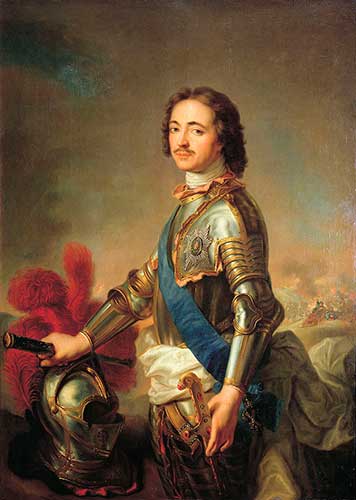
That is why during the early years of his reign he was concerned about building a European-style capital city that would, above all, provide Russia with the great port it lacked, and about organising what would soon become the Russian Imperial Navy, as it sought to make Russia a maritime power.
Azov's campaign
Its first objective was to gain control of the Black Sea, which at that time (late 17th century) was dominated by the Ottoman Empire. So a series of campaigns began to drive the Tartars out of the sites that gave them supremacy at sea, starting with the Azov fortresses at the mouth of the Don River.
His first attempt, in 1695, was a resounding failure and he understood that, in order to achieve it, he had to attack by the river. So he returned to Moscow and began the construction of a large army. The following year Azov took over by sending thirty ships against the Ottomans.
And this was the original sin since, in order to speed up the construction of the fleet and the takeover of Azov, Peter I gave orders to transfer prisoners to the lower Don to "collaborate" in the construction of the ships.
The system was so successful that until 1767 the state assigned the majority of convicts (katorzhane o каторжане) to the construction of St. Petersburg, the port of Rogervik and several fortresses along the Baltic coast and in the Oremberg Oblast (province).
The method was finally institutionalized in the form of the Katorgas, camps located in remote and uninhabited regions of Siberia to which convicts were sent to perform forced labour for the benefit of the empire.
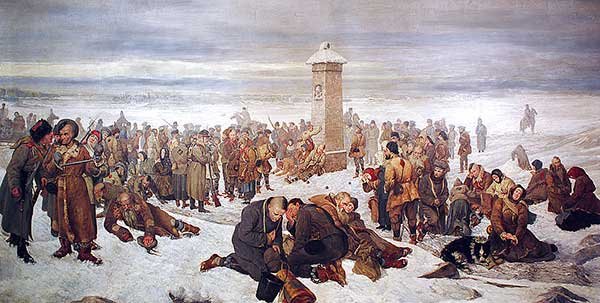
The kátorga was part of the Imperial Russia's judicial system until its end in 1918. After the Russian Revolution, it was used by the Bolsheviks and eventually incorporated into the Gulag in the Soviet Union of Stalin, even though it was already outside the penal system, not as a condemnation by the judiciary but as an element of repression against opponents of the regime.
The Russian Revolution
The Russian Revolution broke out in 1917. After the severe setbacks suffered by Russia in the Great War (as World War I was called before it had to be numbered) a large part of the Russian army was in mutiny.
The Duma (the imperial parliament) took control of the country forming a provisional government and the last Tsar, Nicholas II, abdicated. And while the soviets, the workers' councils, were controlled by the elements of the most radical left, demanding ever more prerogatives to influence the government and the militia.
After the October Revolution the Bolshevik party, led by Vladimir Lenin, overthrows the interim government and proclaims itself the leader of the nation, signing the Treaty of Brest-Litovsk to bring Russia out of the war in Europe and focus on the events that are taking place in the country, on the brink of a civil war.
Unsafe elements
It is in this context that in 1918, Lenin decided to use the infrastructure of the concession to silence opposition to his regime:
Unsafe elements must be confined in fields on the outskirts of cities.The kátorgas were reformed and, from that moment on, became an instrument of political repression. By 1921, there were already eighty camps in more than forty Oblasts, designed to "rehabilitate" these unsafe elements.
Sovnarkom's secret decree
Sovnarkom, the Soviet People's Commissioner (Soviet naródnyj kommissárov) was the institution in charge of restructuring the country, laying the foundations for what would become the Union of Soviet Socialist Republics.This soviet was the one who, in 1929, issued a secret decree regulating the corrective labor camps and their use, elevating the Gulag to an institution of the Soviet Union, attached to the State's Unified Political Directory, the OGPU. The secret police.
This, of course, has strong implications. Imagine the combination: labor camps in remote and isolated places, insecure elements and secret police with full authority to send to those camps anyone who believes convenient.
Stalin
In 1922, Iósif Stalin was appointed Secretary General of the Central Committee of the Communist Party of the Soviet Union, and although that office was not the highest position within the Soviet state, after Lenin's death in 1924 he gained more and more power to become the de facto leader of the nation.

And after Sovnarkom's decree, he decided to use the Gulag as a labor force to industrialize the country and exploit the natural resources (mainly timber and mining) of the northern region, which is hardly inhabited and underutilized due to the harsh climatic conditions.
And this was the missing element of the explosive cocktail. If we add to the previous elements (work camps,"enemies of the regime" and an omnipotent political police) the need for large numbers of labour, we can only get one result: a large-scale witch hunt with arrests that are little less than arbitrary.
And so began the era of Stalinist terror.
The Great Purge
Arrests were increasing and increasingly arbitrary, and hundreds of thousands of citizens were arrested, summarily tried and sent to the gulag. In many cases, even executed.
This trend culminated in the late 1930s in what was called the Great Purge or - as is more commonly known in Russia - the Yezhov Age.
Nikolai Yezhov and Lavrenti Beria
Era de Yezhov's name is not casual. Nikolai Yezhov was in charge of the People's Commissariat for Internal Affairs, the NKVD, during the Great Purge. This position made him director of the secret police.
However, the name that went down in history was that of his successor, Lavrenti Beria, who led the NKVD between 1938 and Stalin's death in 1953. Although he took office at the end of the Great Purge, it is associated with the era of greater repression and cruelty (almost certainly sadism) of the Gulag. A little angel.
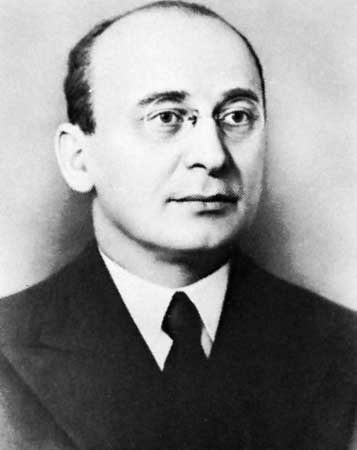
And, look at this, most of the "subversive elements" and "enemies of the state" that were arrested during the Great Purge years were Communist Party militants and high commanders of the Armed Forces. Simply put, Stalin was consolidating his power by eliminating anyone who could overshadow him or be minimally critical of the regime.
Socialists, anarchists, kulaks (farmers with their own land who hired braceros) and, as I have already said, members of the KOMINTERN (the Communist International) and the Armed Forces. Even foreign refugees or even veterans of the Spanish Civil War. In fact, anyone who belonged to a minority. Yes, after World War II, so did the Jews.
All of them were arrested, tried and transferred to the various gulags under article 58 of the Criminal Code of the Soviet Federative Socialist Republic of Russia (the other republics of the USSR had similar articles), which defines and regulates counterrevolutionary activity:
Counterrevolutionary action is an act aimed at overthrowing, subverting or weakening the power of Soviet workers and peasants... and governments of the USSR, the Soviets and autonomous republics, or subverting or weakening the foreign security of the USSR, mainly the economic, political and national achievements of the proletarian revolution.The crimes punished by this article ranged from armed uprising, czarism or espionage, to contact with foreigners, propaganda or agitation and aid to the international bourgeoisie. Indeed, anything went in there. Impossible to escape that.
The gulag, an economic engine
The moment of most arrests coincided with the USSR's greatest economic expansion, and not by chance. The gulag became the main engine of the country's economy, and the "worker" force pushing it was the prisoners of the gulag. Which, by the way, had a high replacement rate due to high mortality (later I talk about this later).World War II
And beware, because I have said "the moment of more arrests", and not "the moment with the greatest number of prisoners". he arrived after World War II.During GM II the number of prisoners plummeted. Guess why? Why? Exactly! Cannon fodder...
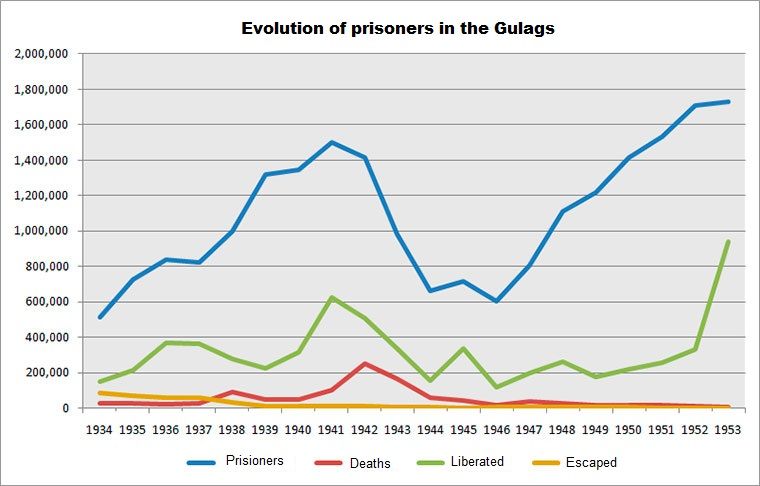
Many of the prisoners were "released" during the war to join the Russian army. Of course, they were sent to the front line and to the most dangerous actions.
And for those who stayed in the gulag, it wasn't much better either. The rations, which were already ridiculous in themselves, decreased drastically. And, with the Siberian cold, it's hard to survive without taking a minimum of calories.
However, at the end of the war, the prison population grew again in a spectacular way thanks to the incorporation of German prisoners of war, deserters, refugees and a large part of the population of the territories that the Soviet Union had annexed.
The gulag and Nazi concentration camps
Parallelism is inevitable, especially due to the dehumanization of prisoners.
The number of Jews killed in the Holocaust is estimated at six million. Between 10 and 20 million people died in the gulags, depending on the sources consulted.
However, there was one fundamental difference: the purpose. While the Nazi extermination camps served the sole purpose of simple and simple annihilation, in the gulags the purpose was twofold: to maintain political stability based on the repression of the detractors and to obtain a labor force that would propel the country forward.
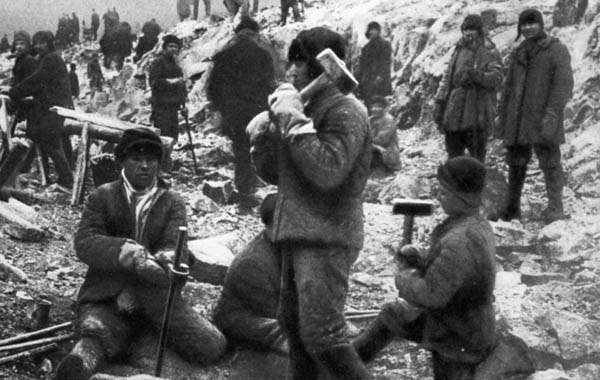
In the Gulag, prisoners were expected to work, not die. If they died, it was because of the very hard working conditions (very low temperatures, hard work and long working days without breaks or free days) combined with a poor diet.
Beware, be aware that I am not making value judgments, let alone "defending" one system against another. I am simply showing you an objective fact; it is up to you to make your own judgment (personally, as perverse as it seems to me to be).
In any case, Stalin's regime had other ways of wiping out his enemies, such as summary executions in the woods, smoke from the exhaust pipes of lorries or simply abandoning them in punishment cells. For me there was no moral difference between Stalin and Hitler. They both didn't give a shit about human life.
The end of horror
When the American troops liberated the Nazi extermination camps at the end of World War II, photographs of the atrocities they contained spread rapidly, and the horror and barbarism carried out by the Nazis were engraved in the popular imagination.
It wasn't the same with the gulag. When the images of the Nazi concentration camps reached the public, the Soviet authorities began to worry about their image outside. Arrests began to decrease and the productivity of the Gulag decreased.
After Stalin's death in 1953, the whole system collapsed. The upheaval in the labour camps led to riots and soon an amnesty for the prisoners. Only the truly dangerous inmates remained in the gulag. Soon the camps began to be dismantled and were officially suppressed in 1960.
Alexandr Solzhenitsyn
As I said before, it was the American soldiers who made the Nazi extermination camps known to the world through photographs of piles of corpses, crematoriums, gas chambers... Anyway, you know it.
However, the same was not true of the gulag. For decades the Soviet system of labor camps remained ignored, known only to former prisoners, who did not talk about it, and some Russian historians and scholars. The rigidity of the Soviet regime helped to silence the news.
The diffusion came from the writer and historian Alexandr Solzhenitsyn. Solzhenitsyn, who had been imprisoned for eleven years in the gulag system, wrote his experience in A Day in the Life of Ivan Denisovich, which narrates a day in the life of any prisoner in a Soviet labor camp.
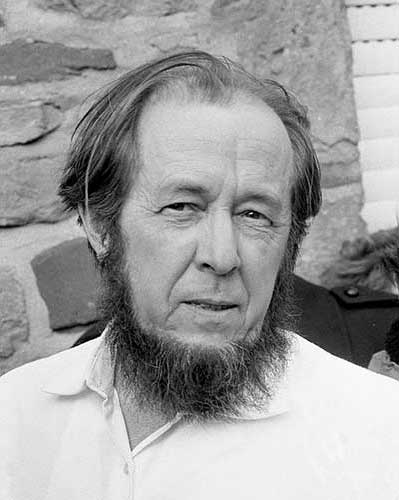
In 1962 Nikita Kruschev authorized its publication, seeking to distance himself from Stalinism. However, it was not until 1973, after the publication of Archipelago Gulag, that the reality of what the Stalinist camp prisoners had experienced reached the West.
In the Archipelago Gulag Solzhenitsyn reconstructs the life inside one of these camps based on his own experience and that of some of his fellow prisoners.
Persecuted by the KGB, the author was expelled from the Soviet Union "in perpetuity", although he was able to return to Russia in 1994, after the dissolution of the USSR. Her secretary, who kept a copy of the manuscript, was found hanged in her Moscow flat.
Oblivion
Unlike Germany, where the victims of the Nazi Holocaust have been recognised and honoured, Russia does not seem to want to talk about the gulag system. There has been no official recognition, no public excuses, no investigations or commissions... Nothing.
A kind of taboo surrounds the issue in Russia and, to a lesser extent, in the other former Soviet republics as well. It is barely mentioned in the history books. The elders elude him. Young people ignore it.
And the victims remain forgotten.
Congratulations @historychannel! You have completed some achievement on Steemit and have been rewarded with new badge(s) :
Click on any badge to view your own Board of Honor on SteemitBoard.
For more information about SteemitBoard, click here
If you no longer want to receive notifications, reply to this comment with the word
STOP